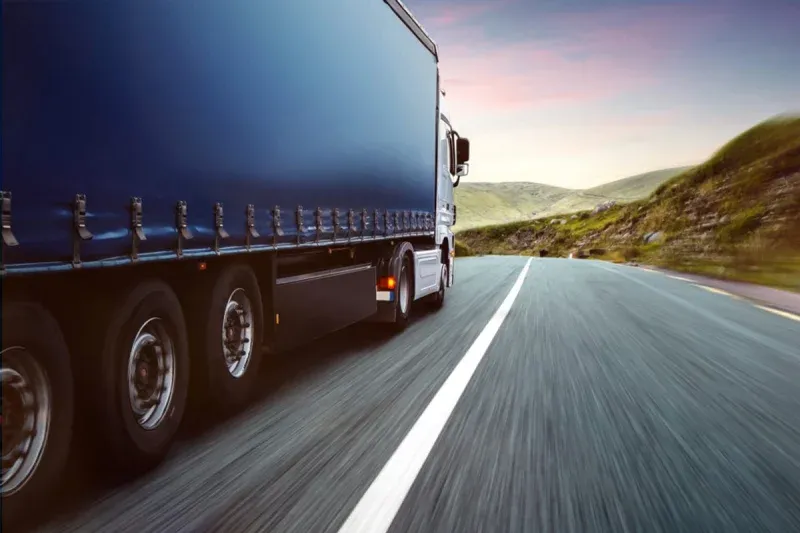Since announcing the European Union’s mobility package, many questions have risen about the exact changes this will bring. How does this influence driver’s activities? What technologies are mandatory to be used in the vehicle? At what point will these new rules be applied? Read here what exactly the mobility package means and what changes are relevant to you.
What is the mobility package?
The EU mobility package is a complete package of laws and regulations being introduced by the European Union, these new laws are relevant to the transport sector. This package was agreed upon in 2020, and the new rules are being applied in different phases so the transport sector can slowly start adapting to these new laws. The mobility package is split up into mobility package 1, including the rules that started applying immediately, and mobility package 2, the rules that would follow later.
What is the effect?
The reason that the EU chose to include a new package for international transport has a few different reasons.
Safer work environment
Part of the new laws make sure that the working environment is safer for drivers, including minimum resting times to make sure drivers are well rested. An agency driver, working temporarily for another company across the border, will earn the minimum wage in that country.
Fair competition
Before the mobility package, every country had their own laws concerning the transport sector. This resulted in certain countries having drivers being much cheaper than other countries. With the new laws, all drivers have the same rights. This makes it so that transport companies must compete fairly, with different means to make their services attractive to customers.
Safety on the road
Driving times are more precisely logged, including resting times the drivers need to adhere to. Concentration and alertness on the road is improved which decreases the chance of accidents happening. This makes the roads safer for truck drivers and other traffic.
Easier control
A big problem with the old regulations was that the laws differed per country. This created room for mistakes and made regulation inspections hard. Regulators will have an easier job with the new laws that apply to all EU countries.
Who does the mobility package apply to?
All countries within the European Union will have to adhere to the new mobility package. Some laws apply to all transport companies, others apply only in a certain sector or transport above a certain weight. In addition, countries can introduce additional laws on top of the European ruleset. Scrapping EU laws is not allowed.

What will change?
So, the mobility package will influence all EU countries, but what exactly does this mean in practice? Part of the new laws was put in effect in 2020 and 2022. New laws will also be applied in 2023 through 2025.
August 2020
Laws concerning driving and resting times were changed. Since august 2020, it is mandatory for all international drivers to have a tachograph installed in the vehicle. This machine registers all driving and resting times for easy tracking of this data.
February 2022
The following laws went into effect in February 2022:
- International drivers need to register all border crossings with a tachograph
- Drivers can perform 3 cabotage rides (A national drive in another country with a foreign truck) in a row, and need a period of 4 days of rest before they can do another one
- Internationally driving trucks need to return every 8 weeks to the branch location of the company
- Transport companies need an office in the country of their branch
May 2022
May 2022 introduced just one new rule; for all trucks driving internationally, that are heavier than 2.5 tons, it is mandatory to get a European license.
August 2023
From august 2023 on, it is mandatory to install a smart tachograph in all new vehicles that will travel internationally. This tachograph registers driving and resting times, in addition to border crossings. This removes the need of drivers having to manually log this data. The smart tachographs also contain a bigger memory capacity, making It possible to save more data at once.
December 2024
All international transport is required to have a smart tachograph installed from December 2024 on. From the 31st of December, a second-generation smart tachograph is mandatory, compared to a simple or digital tachograph. If a first-generation tachograph is installed, this is allowed until august 2025. Drivers need to be able to show driving and resting data from the previous 56 days.
August 2025
The last set of new rules includes mandatory second-generation smart tachographs for all international vehicles. First generation smart tachographs are no longer allowed after august 2025.
Preparations for the changes
The introduction of the mobility package requires transport companies to be flexible and adapt to the new laws. They need to regulate these new rules with their drivers, but also invest in new technology. At the end of the mobility package, a second-generation smart tachograph is mandatory for all international transport. A huge benefit of these machines is that it is easier to use and saves time for the drivers and administrative workers, as the tachograph collects all necessary data itself.
It is beneficial for transport companies to start looking at options. What companies offer a smart tachograph that follows the law changes? How is the transfer made as easy as possible? At FleetGO, we help transport companies through this traject and make a calculated planning. That way, you and your fleet are ready for the future and the newest regulations.



